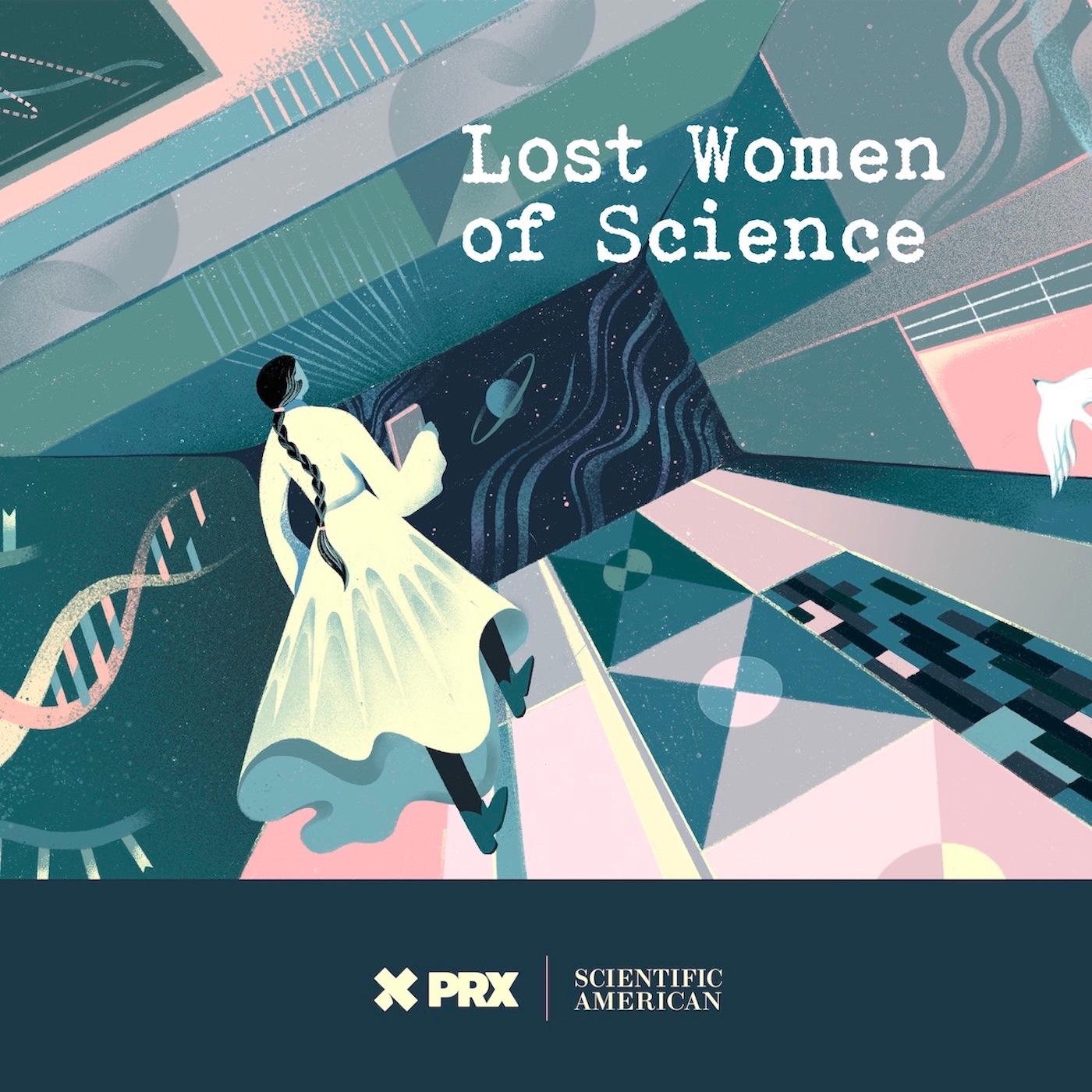
Lost Women of Science
Lost Women of ScienceFor every Marie Curie or Rosalind Franklin whose story has been told, hundreds of female scientists remain unknown to the public at large. In this series, we illuminate the lives and work of a diverse array of groundbreaking scientists who, because of time, place and gender, have gone largely unrecognized. Each season we focus on a different scientist, putting her narrative into context, explaining not just the science but also the social and historical conditions in which she lived and worked. We also bring these stories to the present, painting a full picture of how her work endures.
For every Marie Curie or Rosalind Franklin whose story has been told, hundreds of female scientists remain unknown to the public at large. In this series, we illuminate the lives and work of a diverse array of groundbreaking scientists who, because of time, place and gender, have gone largely unrecognized. Each season we focus on a different scientist, putting her narrative into context, explaining not just the science but also the social and historical conditions in which she lived and worked. We also bring these stories to the present, painting a full picture of how her work endures.

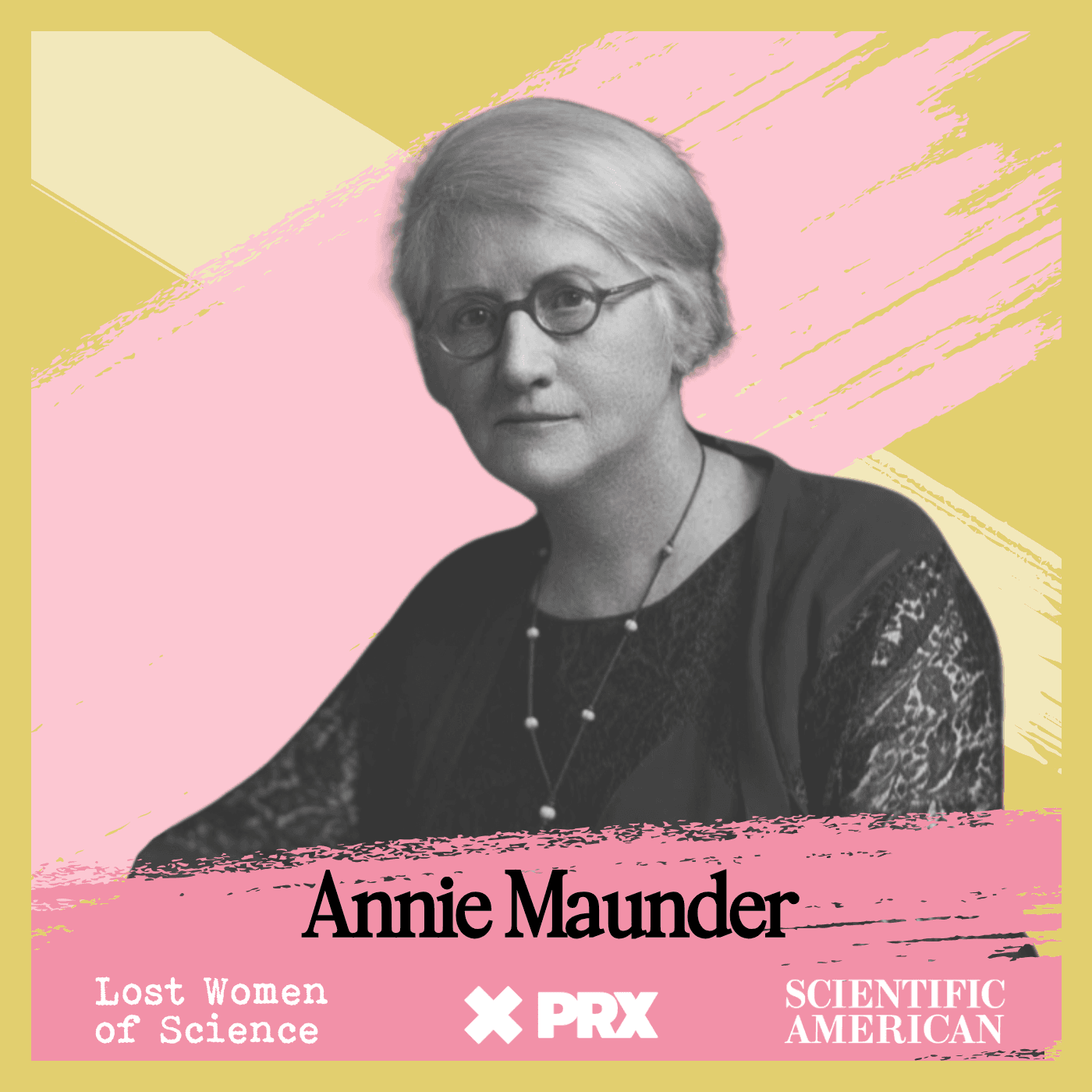









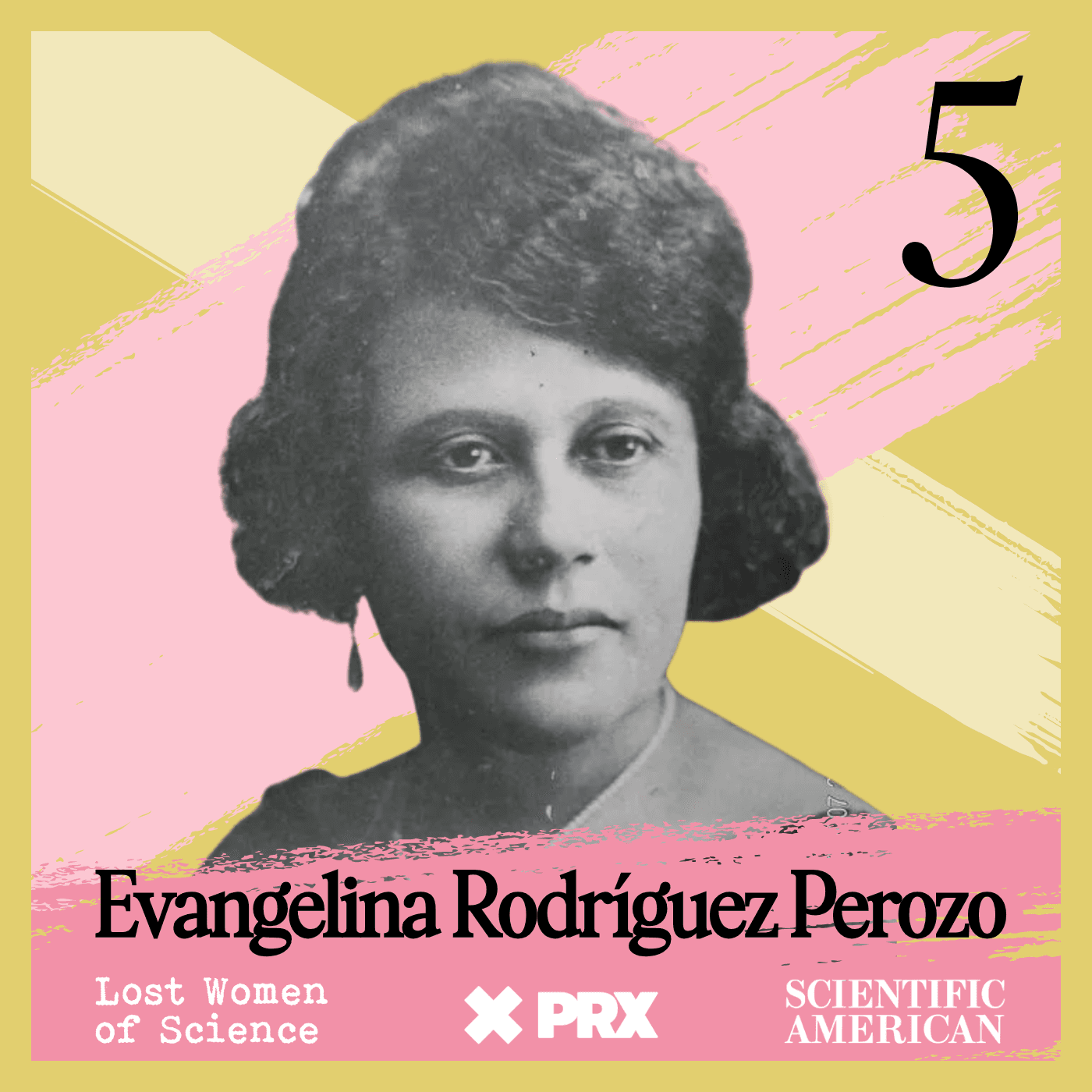













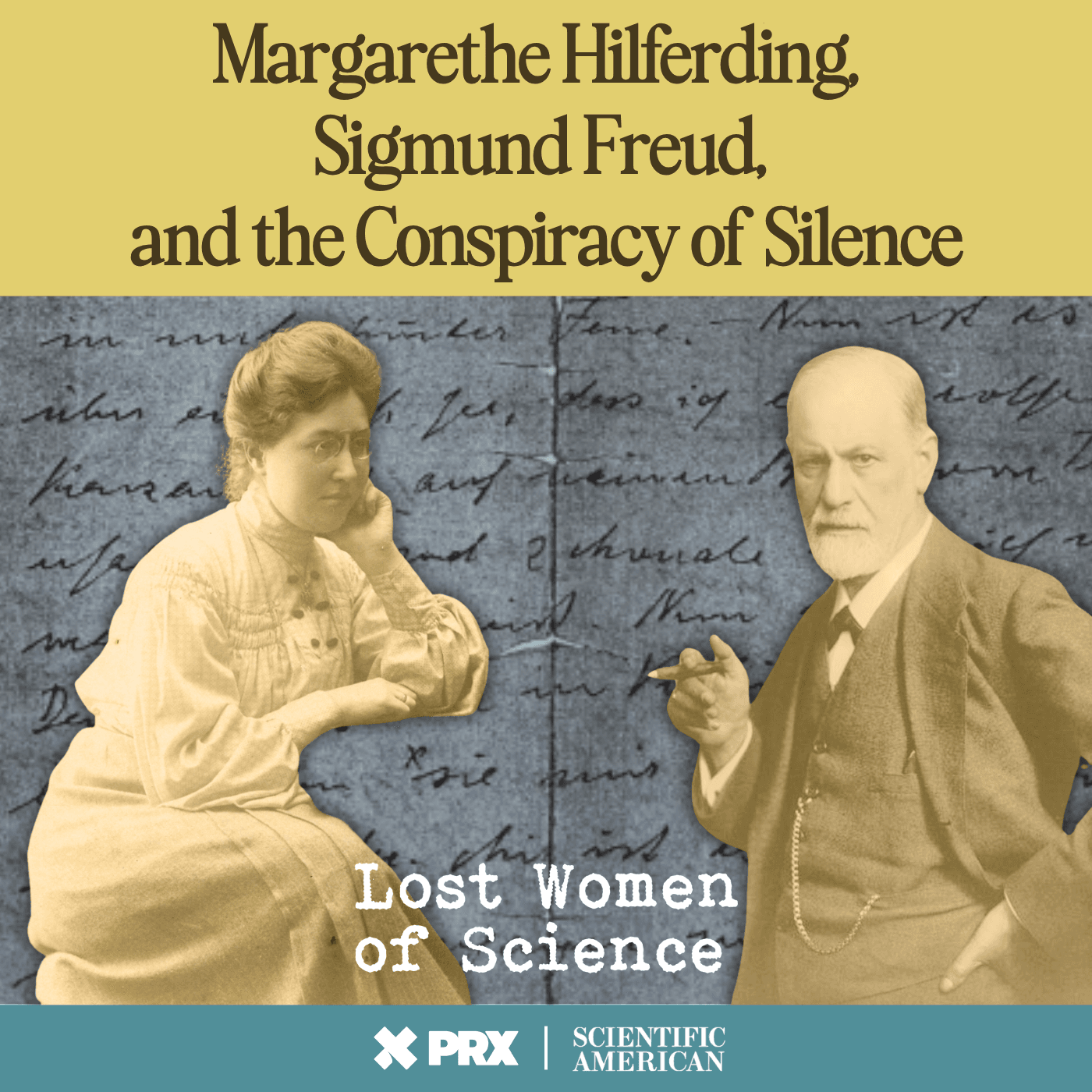




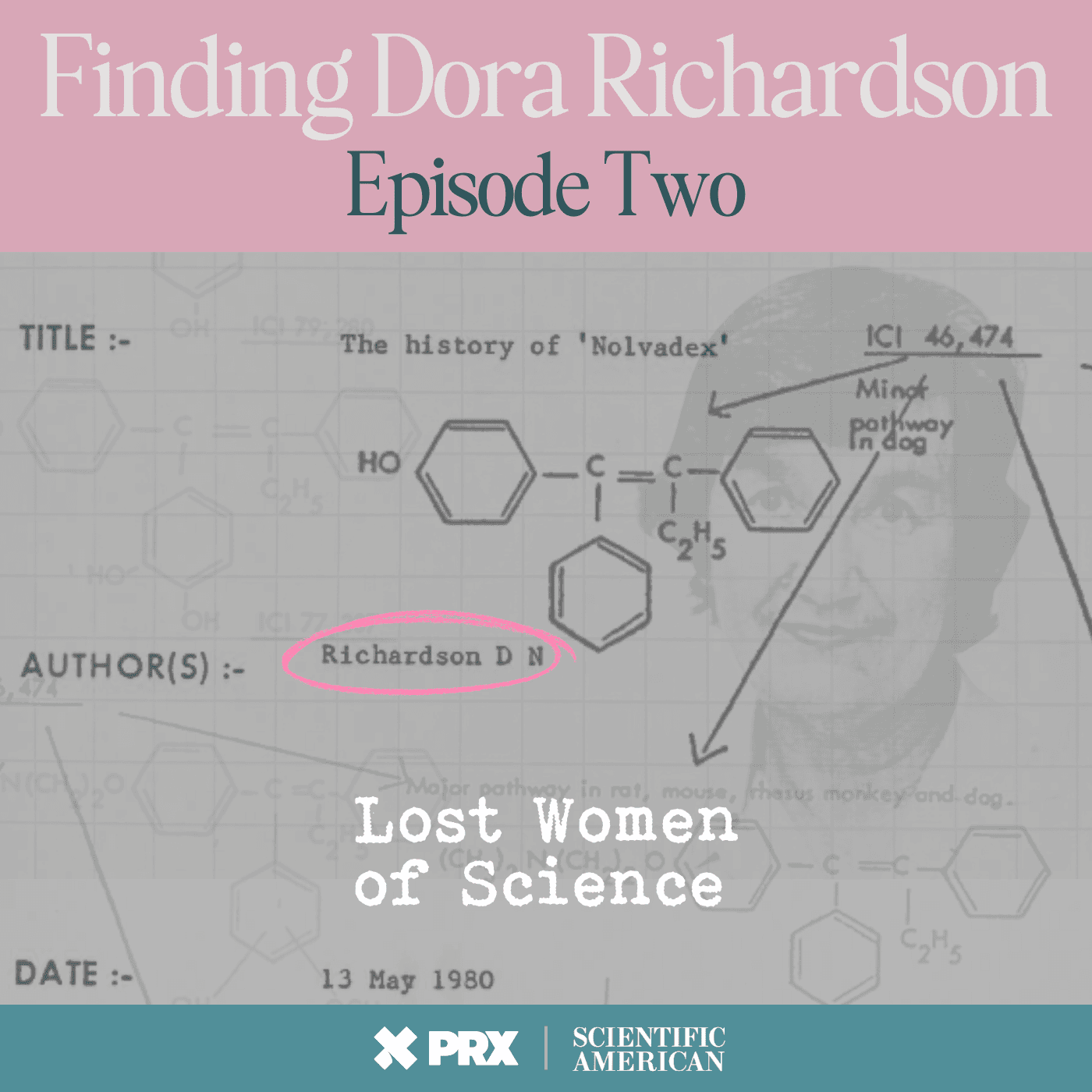
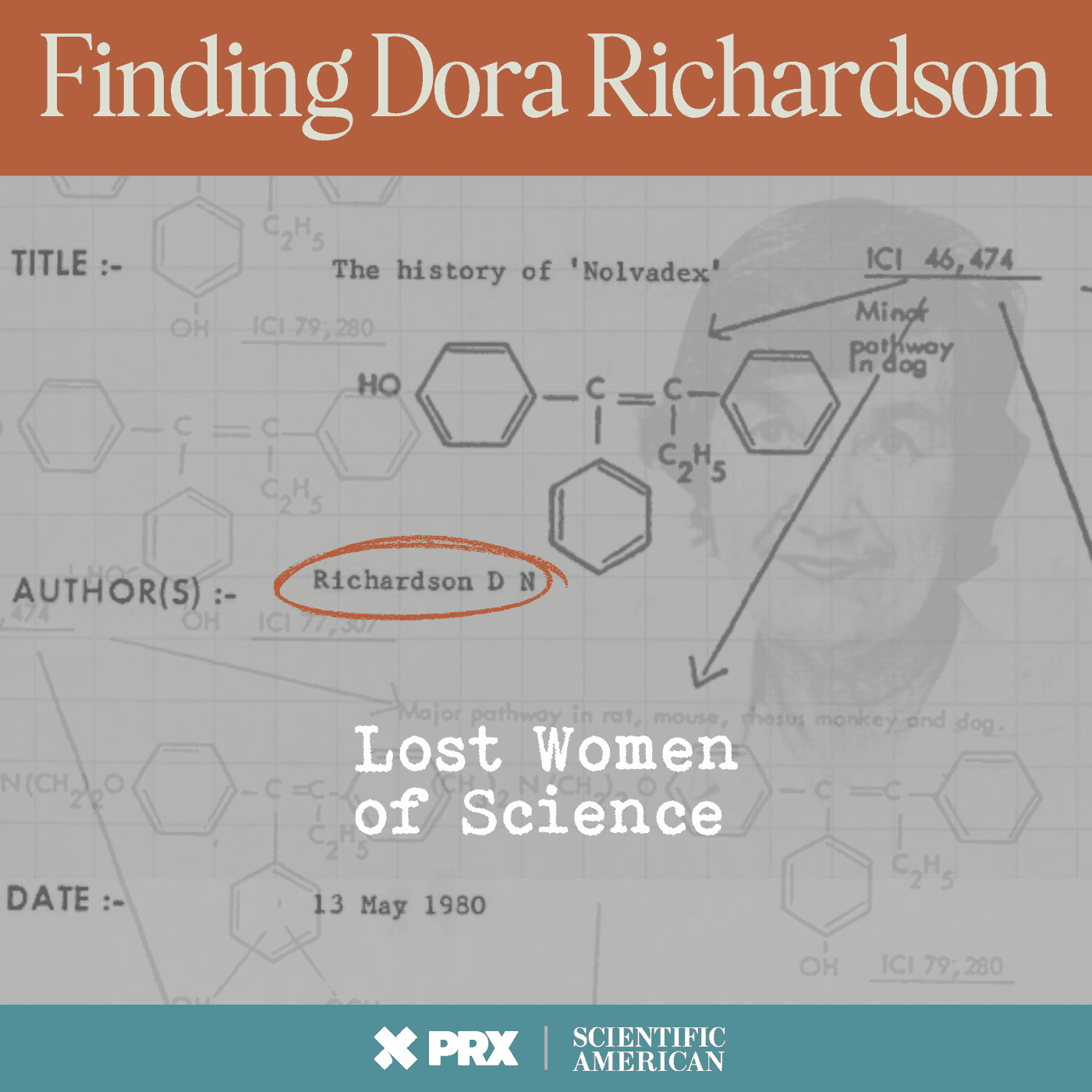




















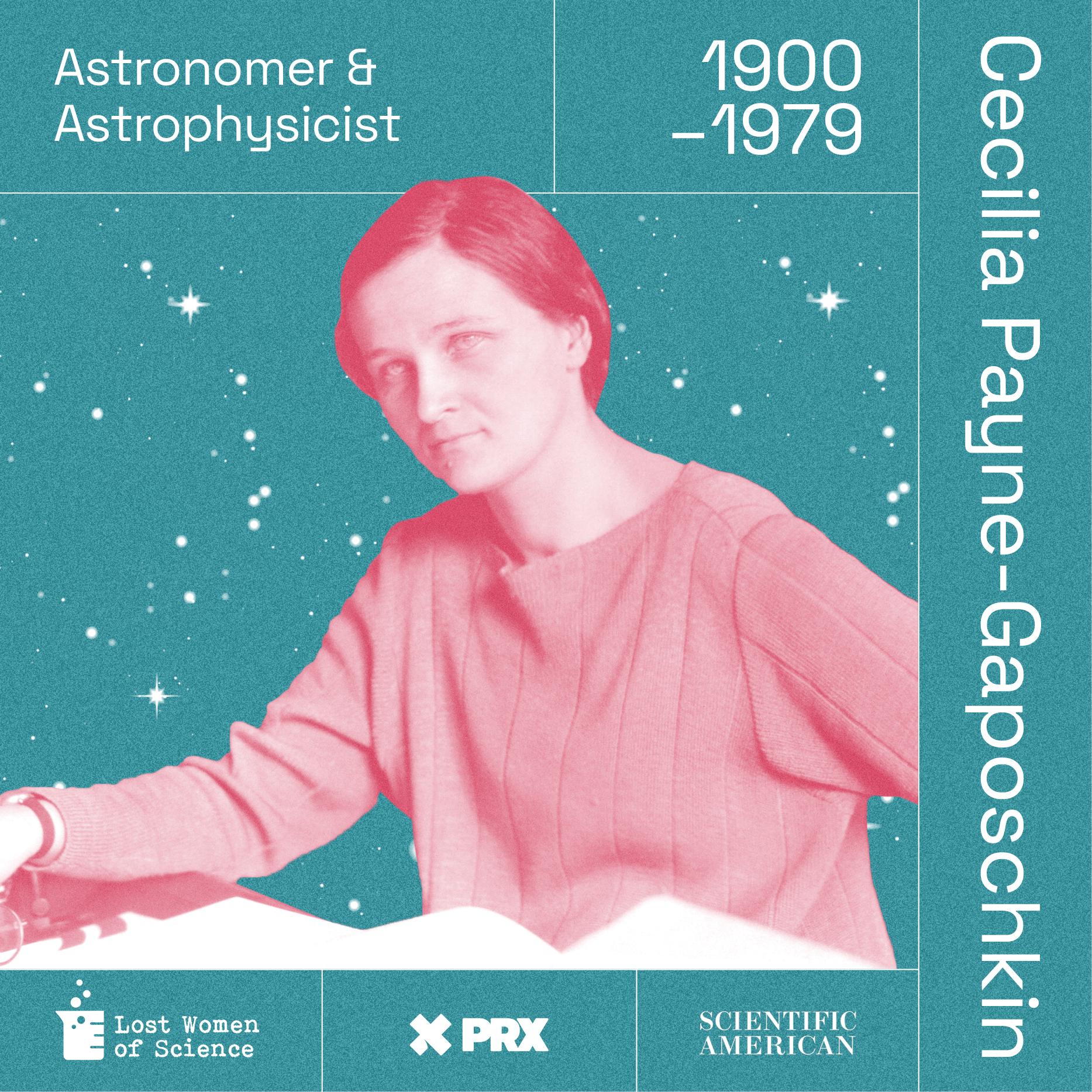

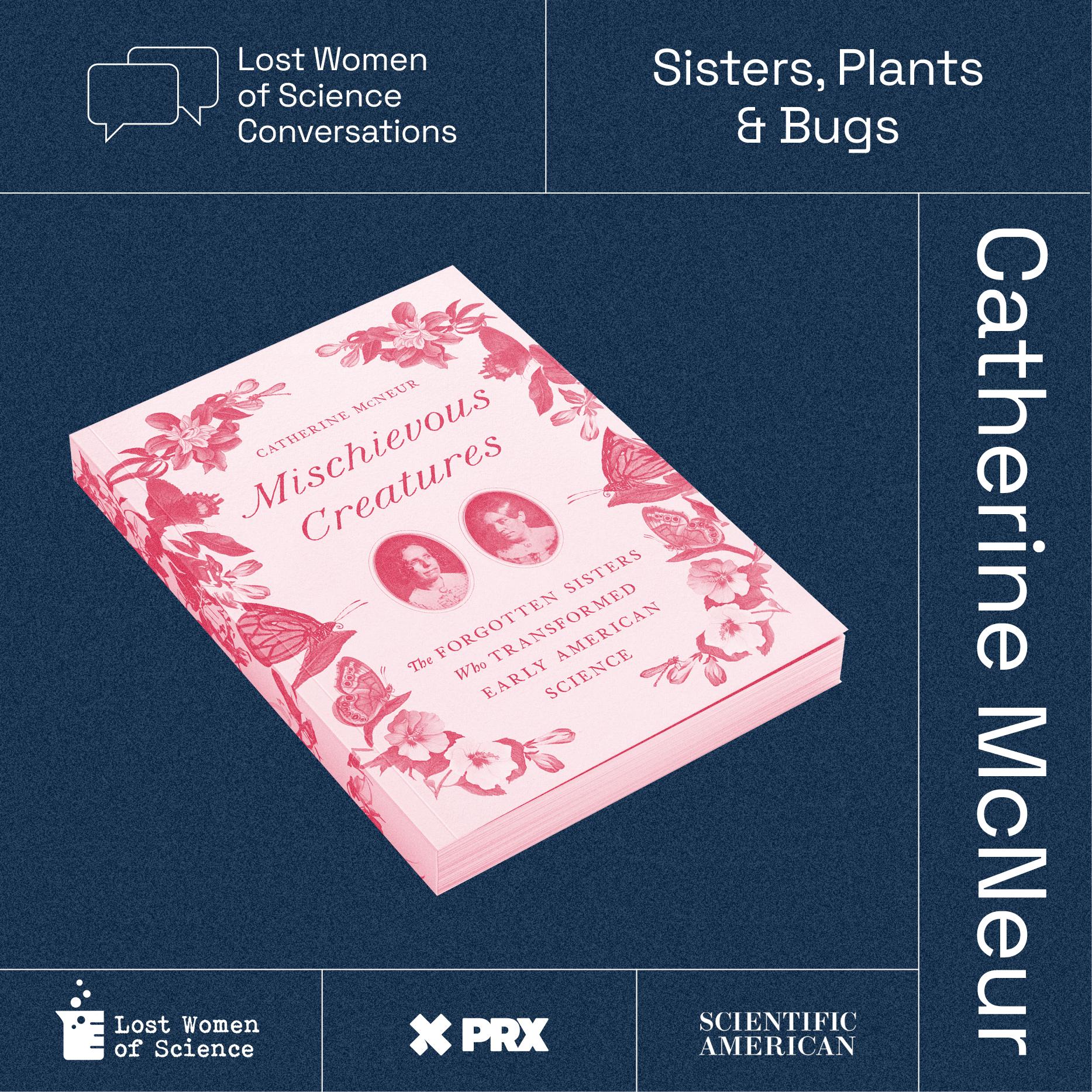

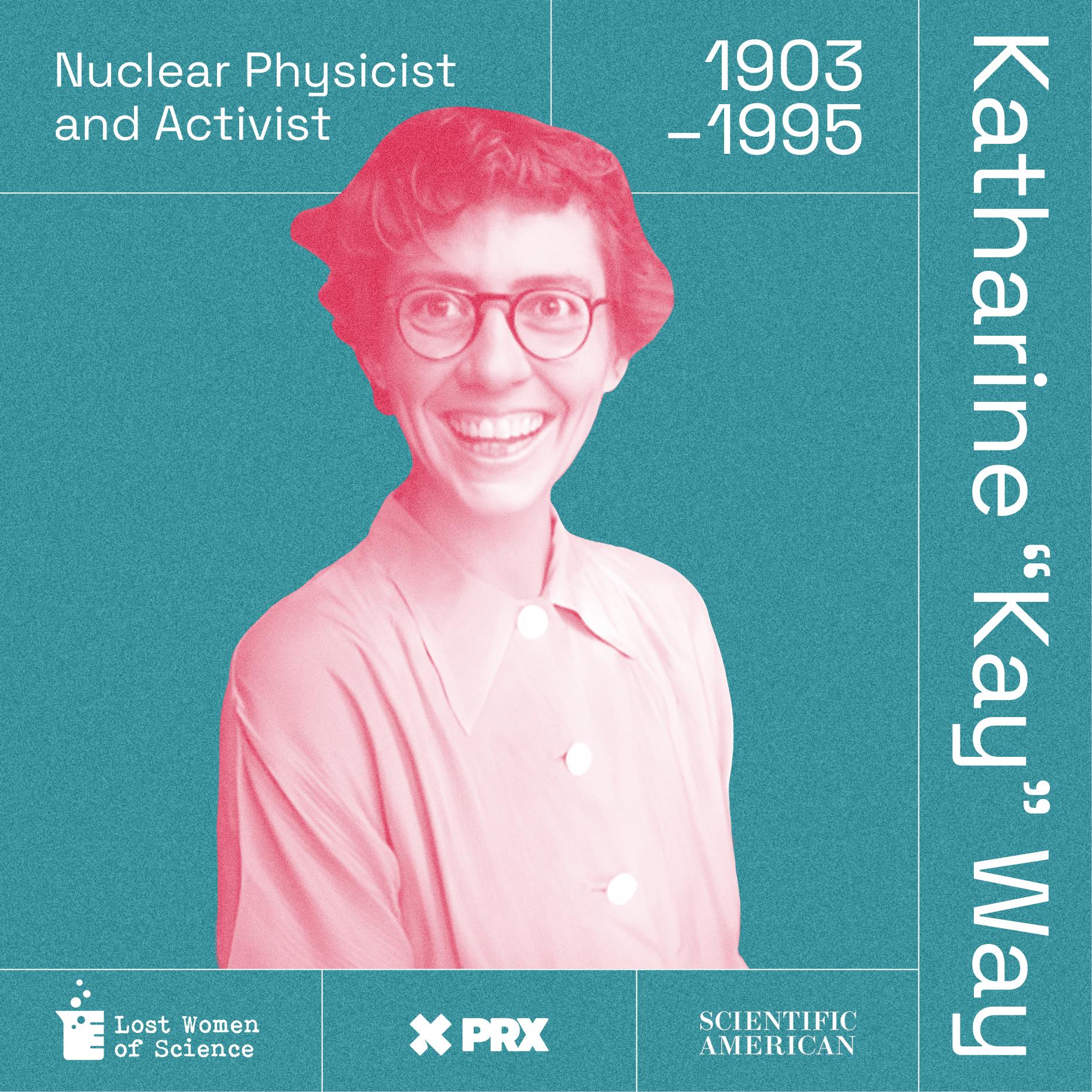









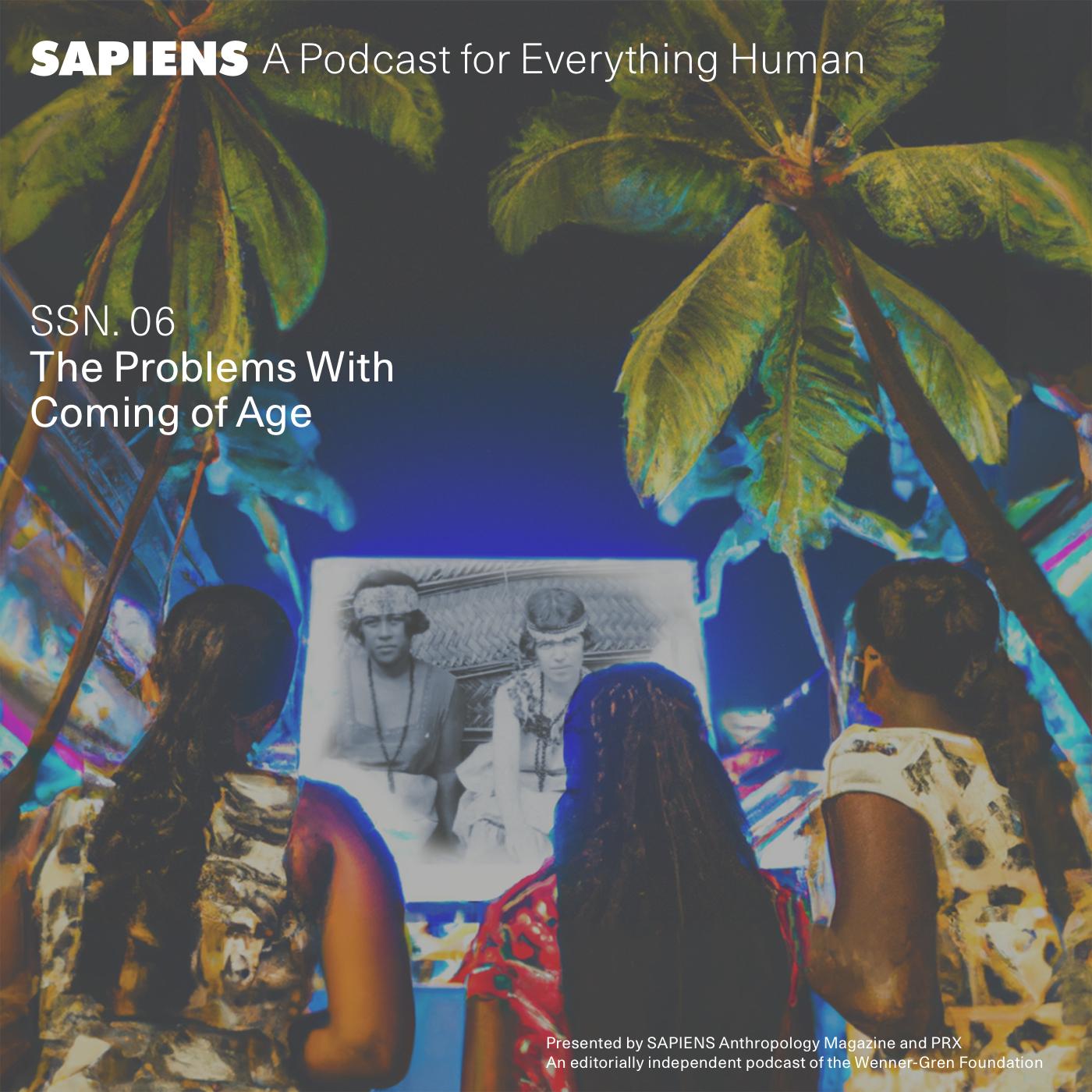











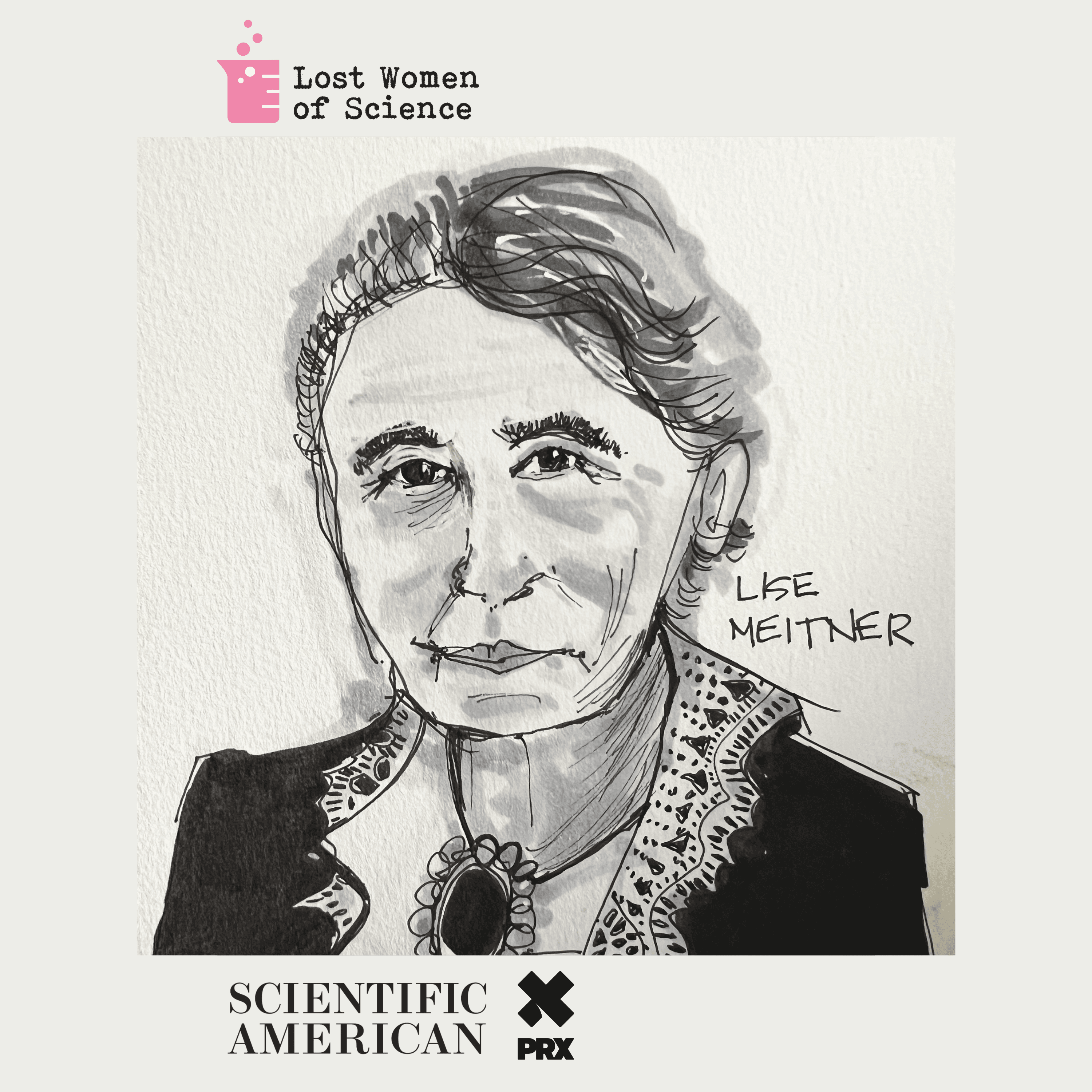




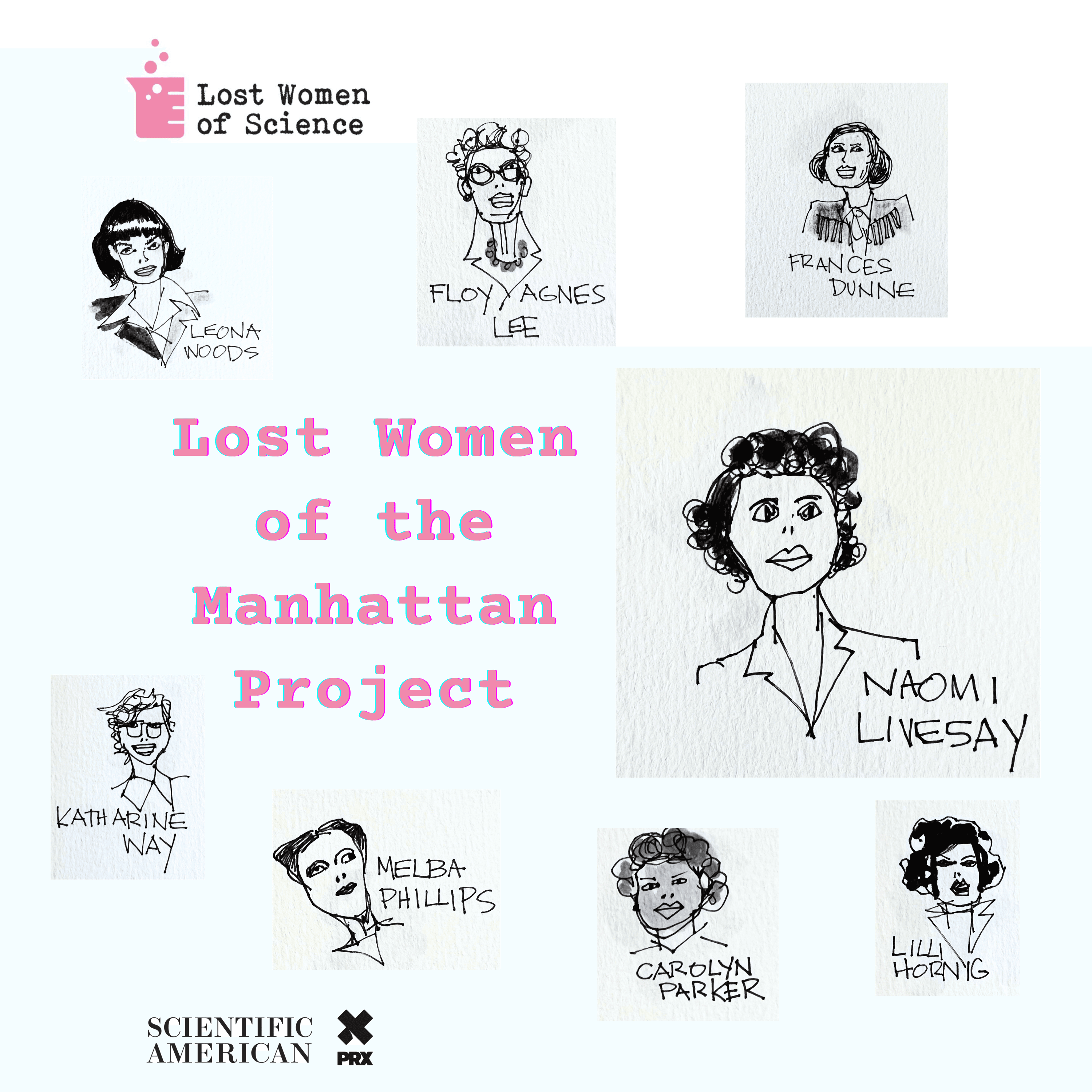




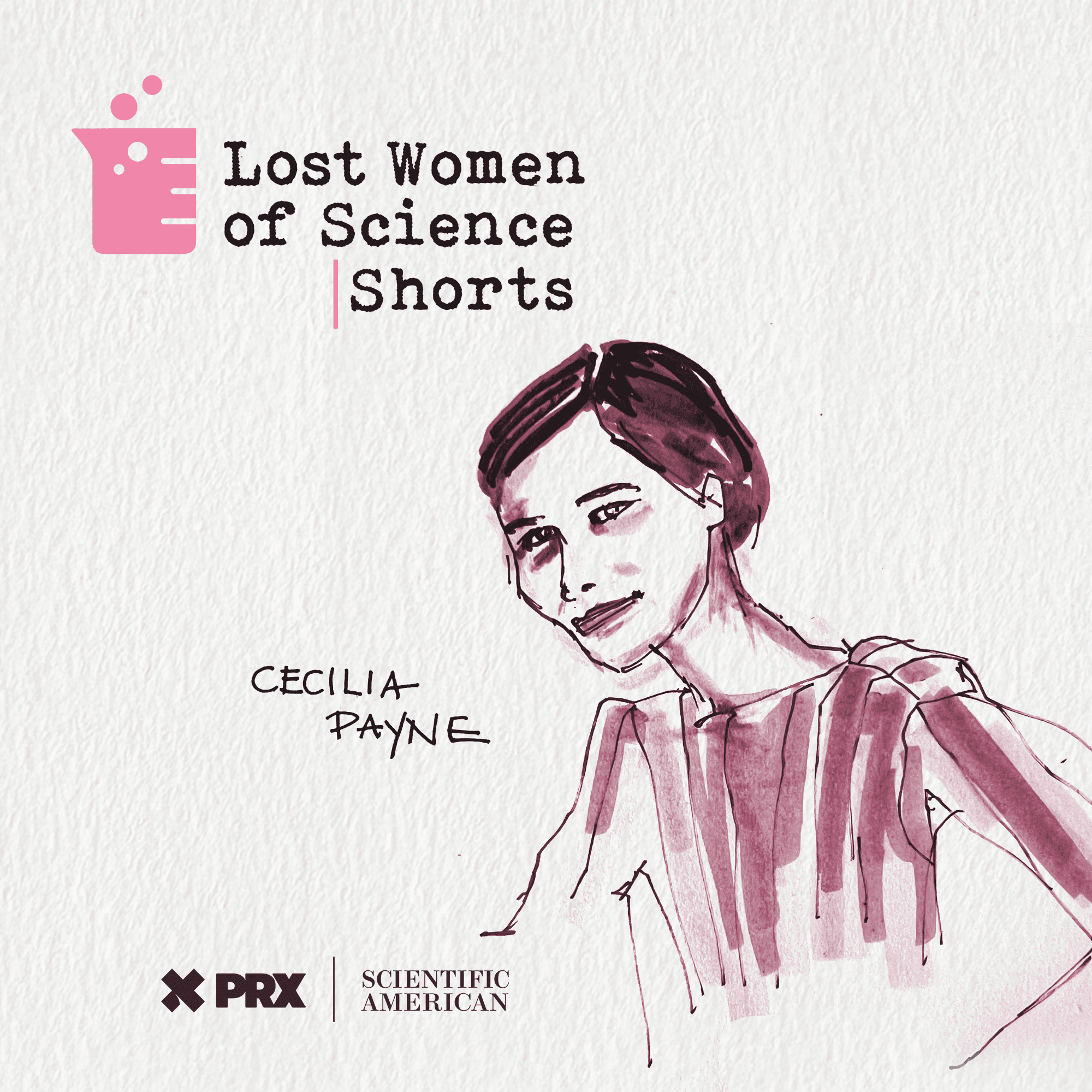


























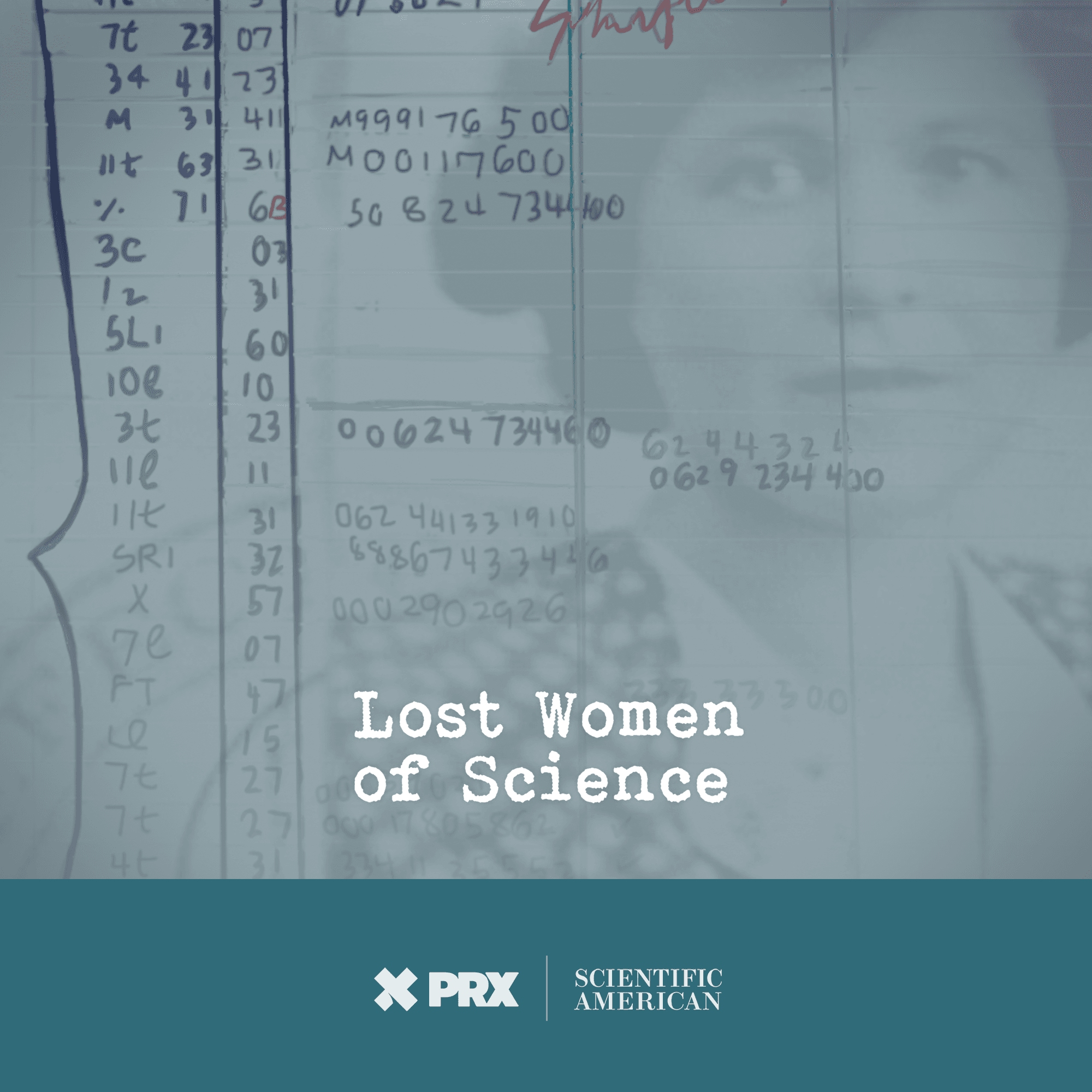
Lost Women of the Manhattan Project: Carolyn Beatrice Parker

Carolyn Beatrice Parker came from a family of doctors and academics and worked during World War II as a physicist on the Dayton Project, a critical part of the Manhattan Project tasked with producing polonium. (Polonium is a radioactive metal that was used in the production of early nuclear weapons.) After the war, Parker continued her research and her studies at the Massachusetts Institute of Technology, but she died of leukemia at age 48 before she was able to defend her PhD thesis. Decades later, during the height of the Black Lives Matter protests, citizens in her hometown of Gainesville, Florida voted to rename an elementary school in her honor. November 18th would have been her 107th birthday.
Learn about your ad choices: dovetail.prx.org/ad-choices